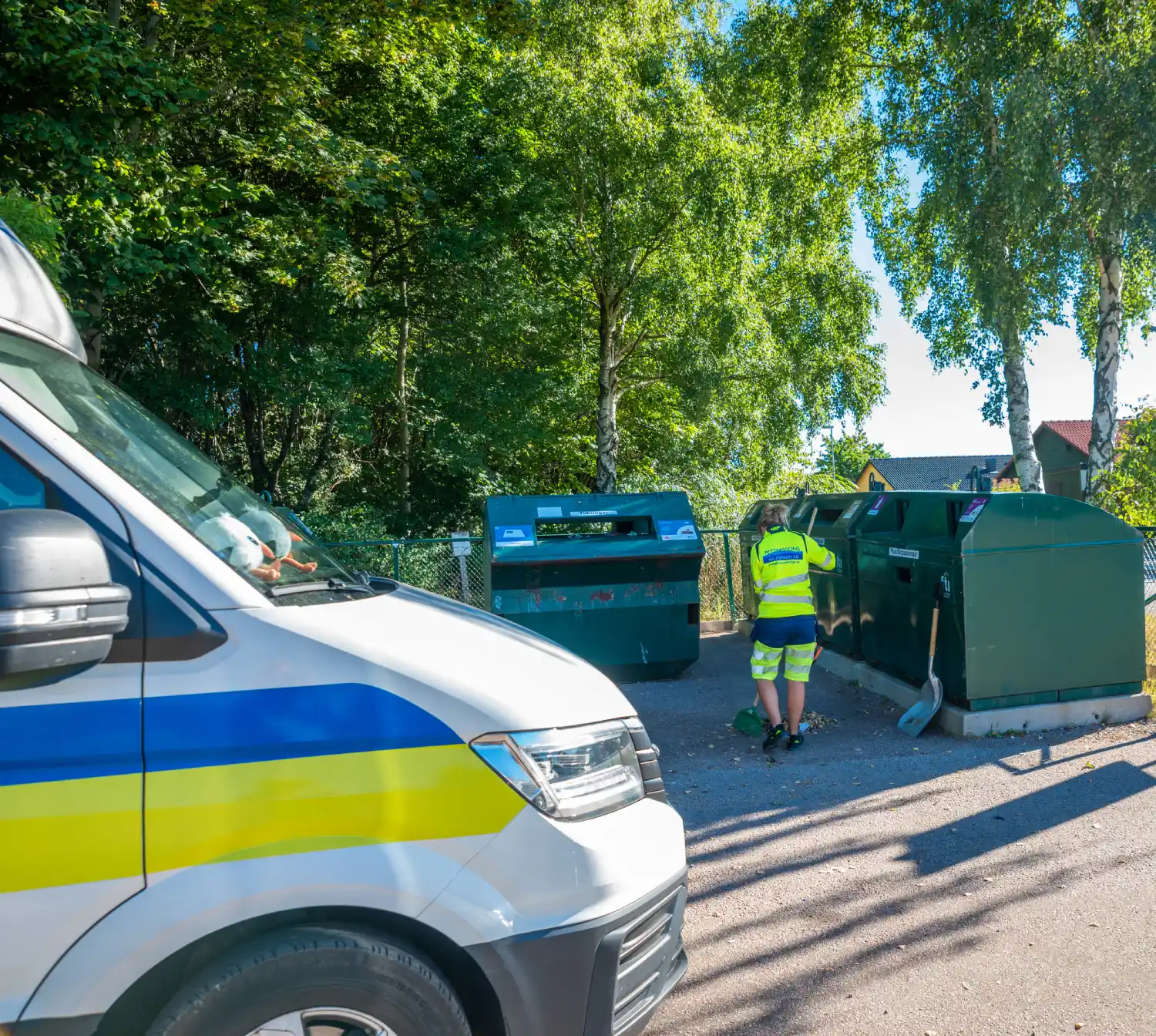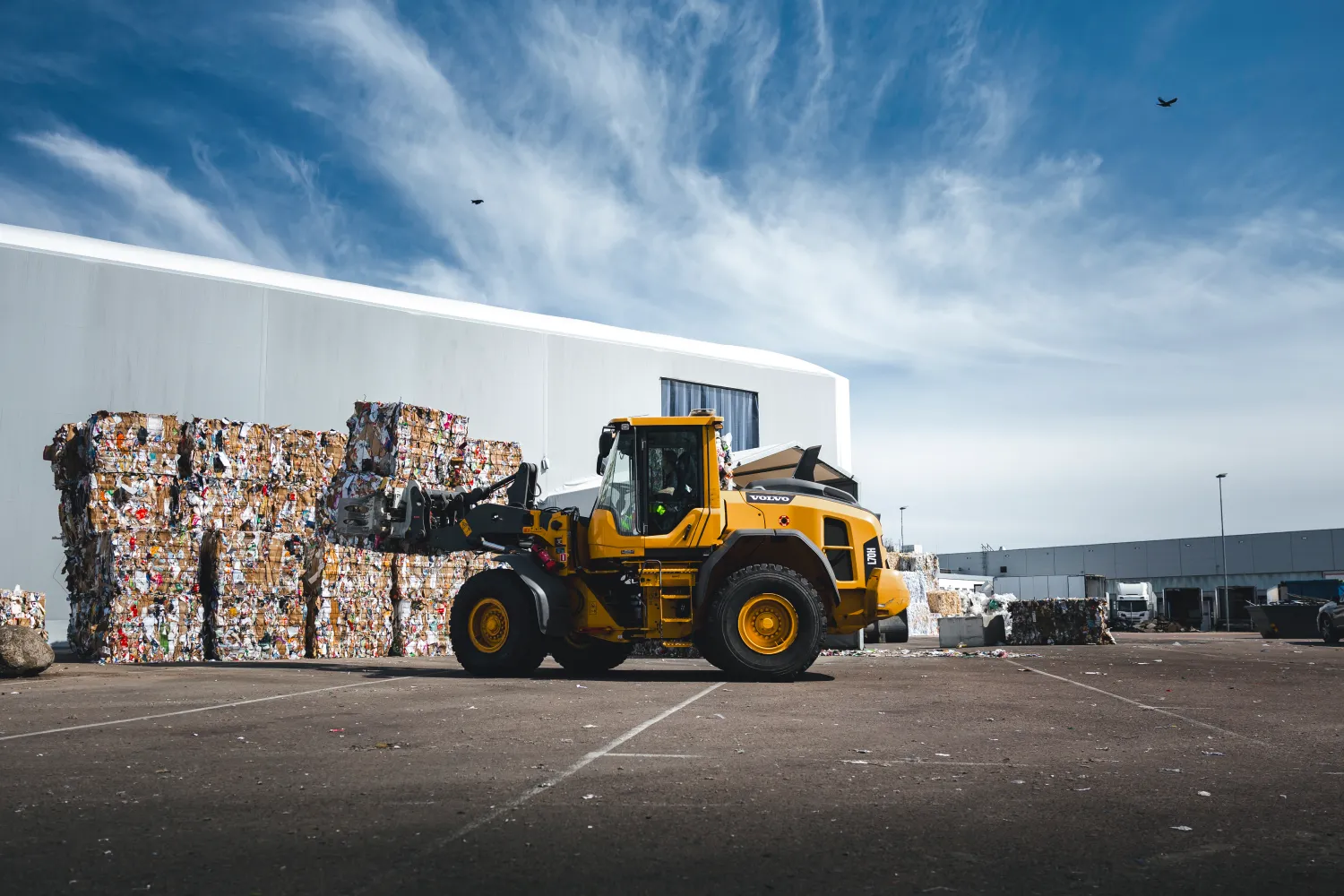Recycling has always been championed as a key person in environmental security, but how inclusive are the techniques we set in position? In Recycling (Återvinning) neighborhoods, an impressive strategy will be taken to ensure that recycling is obtainable and necessary for everyone. This blog post will learn how these methods are creating a huge difference and how they are able to stimulate other regions to follow related strategies.

Understanding the Importance of Inclusivity in Recycling
To create a truly effective recycling plan, it's important to take into account the diverse wants of all neighborhood members. What this means is acknowledging that barriers occur, such as for instance confined bodily use of recycling facilities or a lack of data on how to recycle correctly. By addressing these issues head-on, Halland's recycling initiatives are placing a precedent for inclusivity.
In Halland, community leaders have acknowledged that not everybody has the exact same power to take part in recycling efforts. This knowledge has driven the creation of new applications and methods targeted at engaging a wider audience. The goal is simple however profound—to make recycling an task that unites rather than divides.
Making Recycling Available for All
One of the standout top features of Halland's method could be the implementation of strategically put recycling programs throughout the community. These programs are created to be easily accessible for people with different flexibility needs, ensuring that anyone can dispose of their recyclable resources without difficulty.
Along with bodily convenience, there's also a focus on education. Halland has folded out a series of workshops and informational campaigns to help citizens understand the significance of recycling and how to complete it effectively. These attempts are essential in wearing down barriers and empowering individuals to take portion in environmental conservation.
Effort with Local Agencies
Halland's inclusive recycling techniques are not only a results of government initiatives but also a testament to effective collaborations with local organizations. By partnering with communities that cater to numerous age, Halland has been able to custom its applications to address specific needs.

As an example, working together with companies that support people who have disabilities has led to the development of specialized recycling resources and resources. These relationships have allowed Halland to produce a more holistic recycling program that accommodates everyone.
The Ripple Aftereffect of Inclusive Recycling
The impact of Halland's inclusive recycling practices stretches beyond environmental benefits. By fostering an expression of neighborhood and distributed duty, these initiatives have heightened social securities and created an even more sturdy community. People sense a larger feeling of ownership and delight inside their contributions to a cleaner, greener environment.
